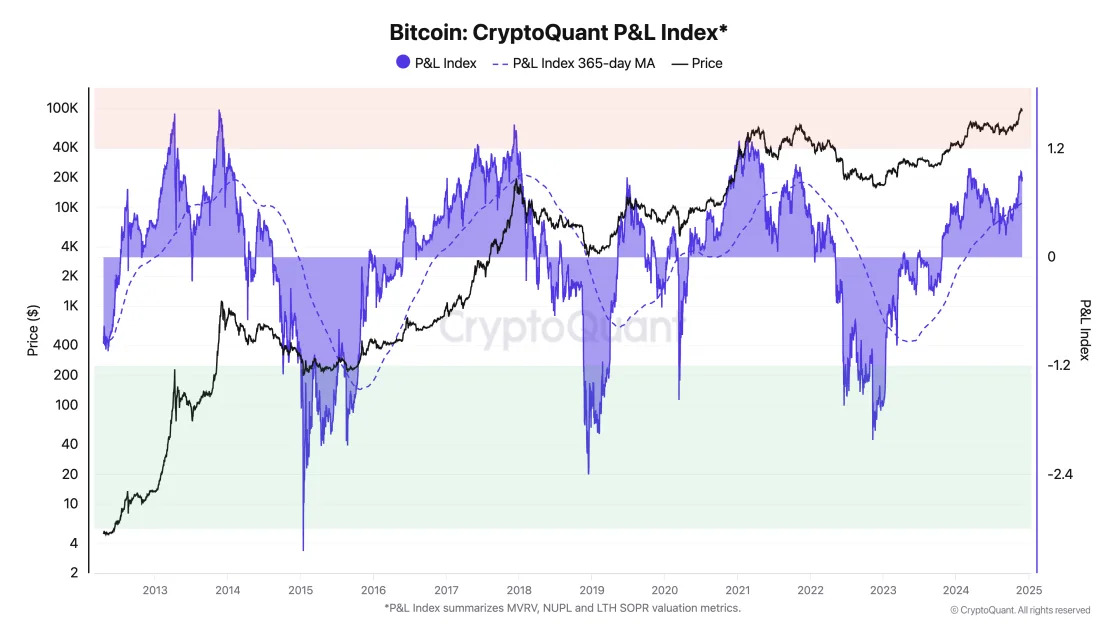(Bloomberg) -- The dollar is on track for its best run in more than two years as US economic resilience forces traders once again to rethink their bets for more aggressive Federal Reserve interest-rate cuts.
The Bloomberg Dollar Spot Index is up for an eighth straight day, set for its longest winning streak since April 2022. The currency has surged to its strongest level since mid-August in the wake of last week’s surprisingly strong US jobs report — which prompted markets to price out the possibility of another 50 basis-point Fed cut this year.
Traders have been repeatedly forced to rethink their bets on policy easing in the US after a series of data surprises pointed to a robust economy. That’s diminished the need for the Fed to continue lowering rates in big steps even as inflation slows.
“‘Resilient’ is a word that we use a lot to describe the health of the US economy. It’s difficult to argue against,” said Erik Wytenus, head of investment strategy at JPMorgan Private Bank EMEA, in an interview with Bloomberg TV. This is driving a preference for US assets, he added.
The dollar has climbed against all G-10 currencies so far this year except for the pound. It gained against both sterling and the euro on Wednesday morning, leaving the index up almost 2% in the past eight days.
Corporate names have been buying the dollar versus the pound in recent days, while hedge funds continue to add to long positions versus the yen, according to two Europe-based traders, asking not to be identified because they’re not authorized to speak publicly.
Bearish euro options structures have also been in demand since last week’s US jobs report, while market sentiment into next month’s US election is the most bullish on the greenback in more than three months. The premium to own long-dollar options versus its major peers has risen in 10 out the last 11 days.
“It’s an ongoing, piecemeal reduction of short dollar positions,” said Neil Jones, a managing director at TJM Europe. Long-term investors in Asia and the Middle East are selling the euro and the pound as they shift away from their long-held bullish views those currencies, he added.





